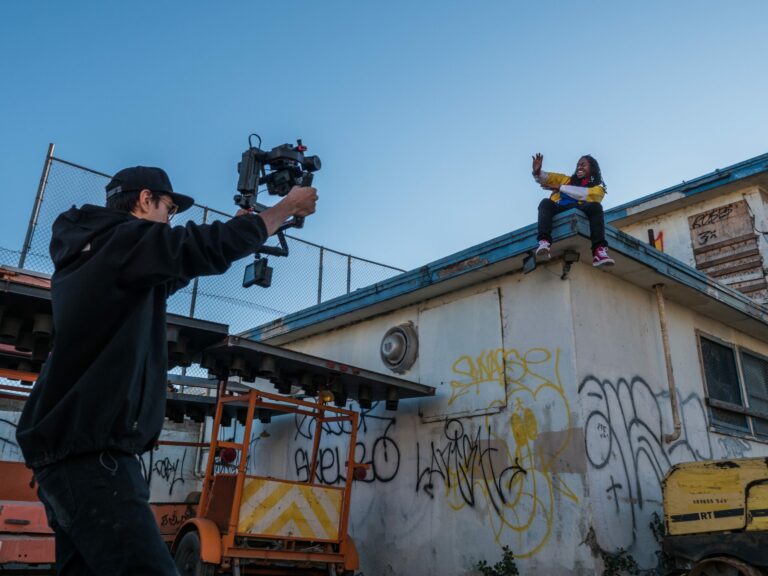Types of Shots for better framing and composition
As you compose your shot, consider the goal of that particular sequence. Keep in mind what kind of emotion are you trying to evoke. Ask yourself these questions – does your shot needs to be composed in a way that requires you to emphasize on the scenery? What’s the theme of your content? Always remember, just like in reality, the closer you get to your subject, the more personal it feels. We will talk further about various types of shots using the human body as a representation of your field view.
Extreme Close-Up: Cuts off chin and top of head slightly to convey subject’s emotion; eyes become key
Full Close-Up: Keeps full chin in a shot; can slightly crop top of subject to draw more emotion
Close Shot: Face remains the focus, but with shoulders and upper chest of the subject in the frame; maintain room above the head
Medium Shot: Includes some surroundings, but emotion is still evident. A good technique for two subjects side-by-side
Cowboy Medium Shot: Similar to medium shot, but allows room for dropped or extended hand
Medium Full Shot: Crops just above the knees; keeps room around subject to show showcases
Full Shot: Shows subject in its entirety; leaves room above and below the subject to include the surroundings
The Rule of Thirds
The Rule of Thirds is a composition technique that divides the frame into thirds, both vertically and horizontally, to help frame your subjects and the surrounding environment. It is not a hard-defined rule that is necessary to follow but the imagined grid is simply to be used as a guide for positioning your camera. The four intersection points of the grid are called ‘points of interest’. These are great guides for where to place the subjects and objects on which you want to focus. You don’t need to perfectly center align your subject in the frame. Instead, you’ll improve the shot, by positioning it slightly to one side.
Lead Room and Headroom
Lead room and Headroom are terms to describe methods of spacing in the frame that consider the “empty” space around your subject.
Headroom -refers to the relative vertical positioning of the subject within the image frame, by measuring the space between the top of the subject’s head and the top of the frame. It’s important to consider headroom when framing your shots. Headroom is not recommended to be used for closeups and tight shots. It should be completely avoided for medium and full shots as it looks like the subject is accidentally cut off. On the other hand, too much headroom can make the speaker look less significant.
Lead Room – refers to the space in front of your subject. You should compose your shot in a way that there is more space in the direction that your subject is facing. When panning or sliding your camera to follow the movement, leave extra space in front of the moving subject or object. If not, you risk losing the subject outside the frame. This style is especially necessary when streaming sporting events.
Wrap Up
If a clean and professional-looking stream is what you want to achieve, then a lot depends on the way you frame and compose your shots, regardless of your budget. However keep in mind that these techniques are solely meant to guide your shot, not dictate it entirely. Incorporate these tips as a way to produce an engaging and dynamic broadcast. Good luck!





